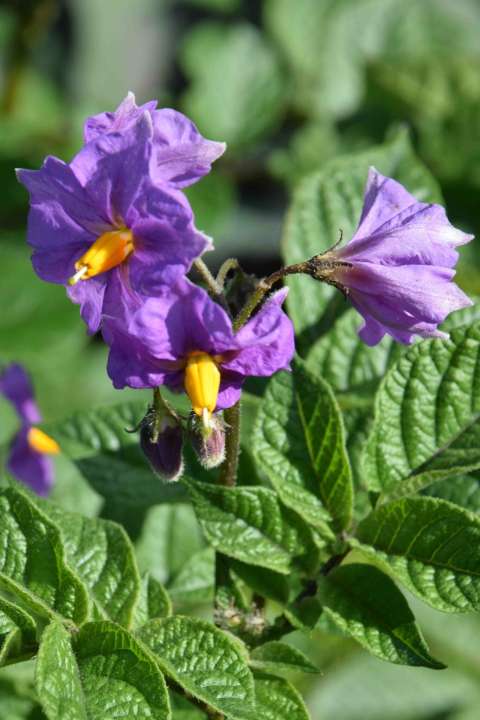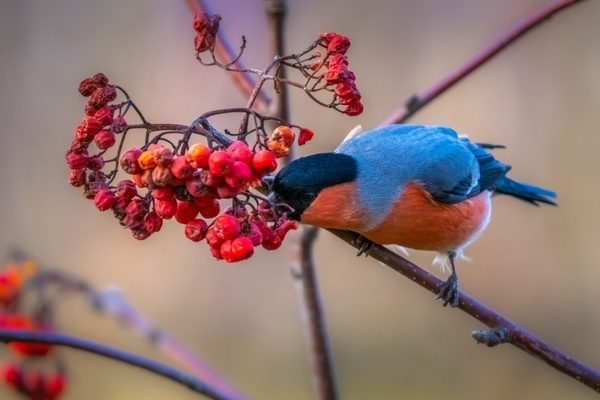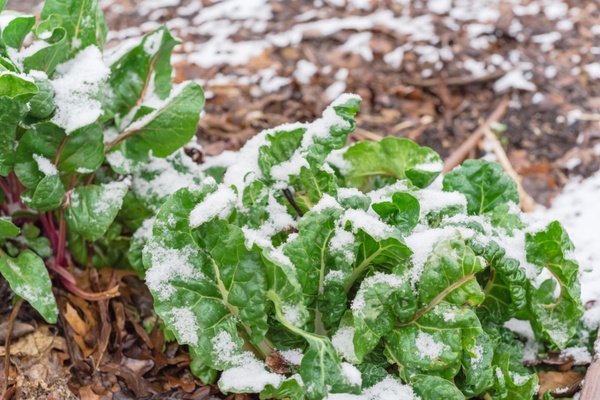I predict that even more of us will be growing some crops this year, to save money and to add to a healthy diet. So I am beginning a series on growing crops at home. And what better way to start than with potatoes. I plan to make things simple but also comprehensive so bear with me – I don’t want to leave anything important out!
Unlike most veg, potatoes are not grown from seeds but from small tubers, confusingly called ‘seed potatoes’! These are primarily grown in Scotland where it is too cold for many pests to thrive so you can be sure you are starting with healthy stock. You should never plant ‘spuds’ from the veg rack. You can get your seed potatoes from Nags Hall now. Don’t leave it too long because the more unusual kinds always sell first and I predict that there will be strong demand this year. It is always worth trying something unusual and discover the range of potato flavours.
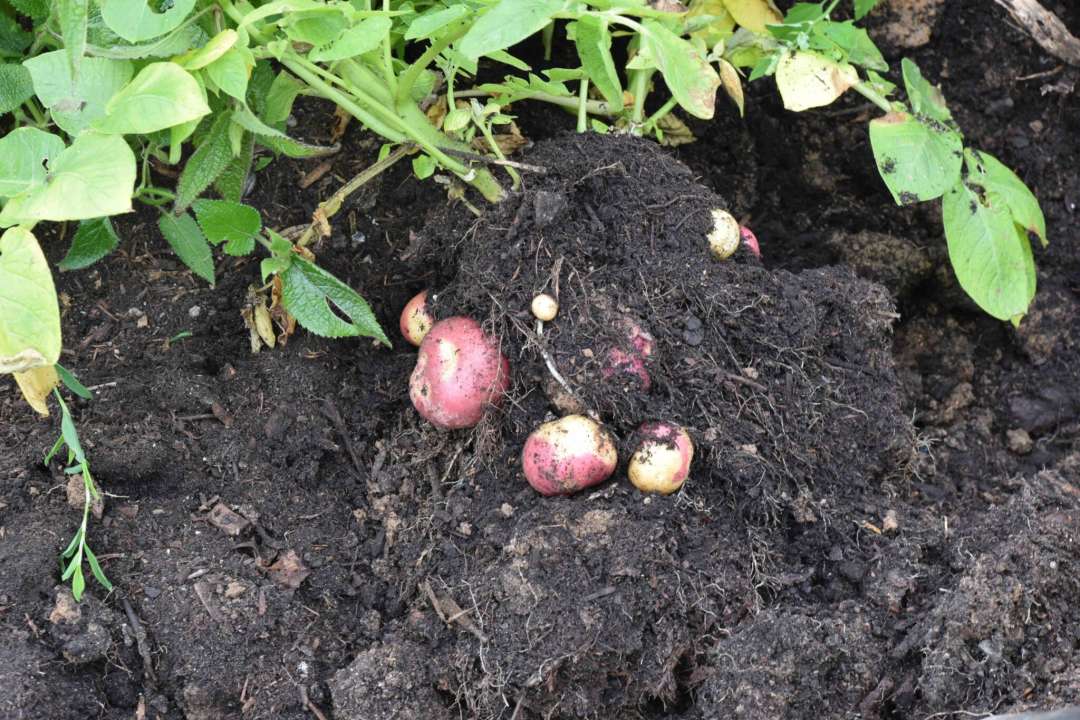
The joy of discovering a tasty crop of spuds
What are the different types?
Potatoes are usually divided into three kinds, according to when they are ready to harvest. ‘Early’ potatoes are usually harvested in late June or July and are the first you can harvest. Their crop is generally lighter than later kinds. ‘Second Early’ kinds are harvested a bit later. ‘Maincrop’ varieties are not ‘lifted’ till late September or October but produce the heaviest crops.
‘Early’ potatoes are the easiest to grow. They are in the ground for the shortest period, so a second crop can be grown in the soil after they are lifted and they are usually harvested before potato blight strikes, usually in August.
In addition to these groups, there are other factors to consider. Potatoes can be floury or waxy. Waxy potatoes are often called salad potatoes because they do not break up when boiled and are delicious cold. Floury potatoes are favourites with many because they absorb lots of butter and make great roasties because they absorb fat. Waxy potatoes are possibly better if you are watching your weight because they don’t need so much butter – but they are still improved with some!
And then there are different skin colours and now even different flesh colour – not just white or creamy yellow but red and purple. It is a matter of taste but I can’t cope with purple-fleshed spuds. They taste fine but purple mash just doesn’t look like food to me. But these are entirely natural and packed with goodness and they may appeal to children so give them a go.
The most common types are usually sold in large bags but more unusual kinds are sold in small packs with five to ten tubers, ideal for growing in bags and small gardens. If the bags of the kind you want are too large, share them with neighbours, you can’t keep them for next year.
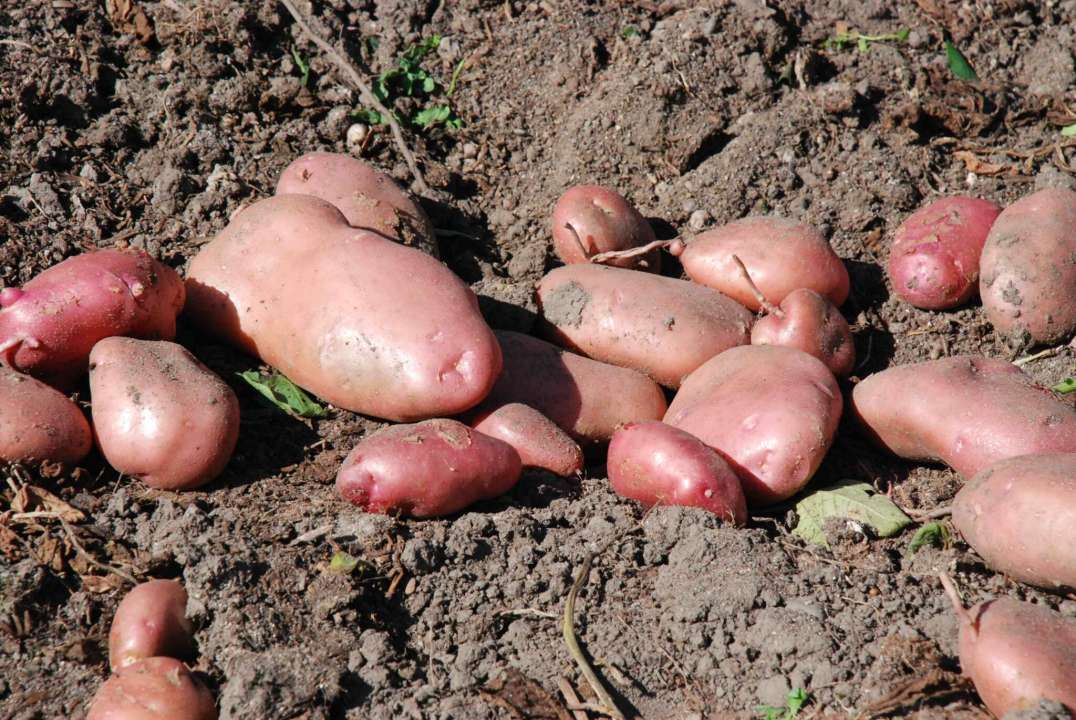
‘Sarpo Axona’ is a heavy cropping main crop that is resistant to blight
When to plant
Potatoes are damaged by frost so you can’t plant them until the last spring frosts are unlikely to damage the shoots. Mid May is the usual date for these frosts and it will take about six weeks for the shoots to appear after planting so that means early April is the best time to plant. If shoots appear early and frosts are forecast it is best to cover the shoots with soil – earthing up – to protect them. It also covers developing tubers and prevents them turning green later in the season.
Traditionally potatoes are planted outside on Good Friday but, of course, this varies every year so is a bit vague. Late March to late April is a good plan.
Before the seed potatoes are actually planted we usually sprout or ‘chit’ them. This involves putting the tubers in a warm, bright spot to make them produce short, purple sprouts. It means that they surge into growth once planted. You can chit them on the windowsill. Most people use egg boxes to help keep the tubers upright. Just place them with the ‘rose’ end upperpost – this is the end, opposite where the tuber was attached to the stem, with the most ‘eyes’ or tiny sprouts. Then leave them to sprout which can take a month or more, according to temperature. Once the sprouts are more than 1cm long you can plant them but there is no panic.
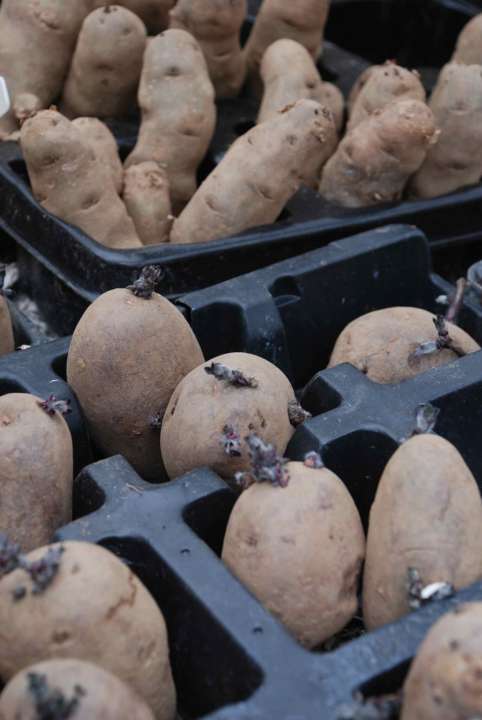
You need to ‘chit’ your seed potatoes before planting
Where can you grow them?
Potatoes prefer an acid soil so do not lime the soil before planting. But they are not overly fussy and most soils, in full sun and not waterlogged, are fine. If your soil is heavy clay and full of slugs it may be best to avoid maincrop potatoes which are in the soil for a long time and are prone to damage in a wet autumn.
It is traditional to plant Earlies and Second earlies about 40cm apart in rows about 60cm apart. Plant Maincrops 60cm apart in rows 80cm apart. This is because Maincrops make bigger plants. The easiest way to plant is to take out a trench about 15cm deep, plant the seed potatoes and cover. You will then earth up the shoots later.
You can grow potatoes in raised beds and also in potato planters and in compost bags.
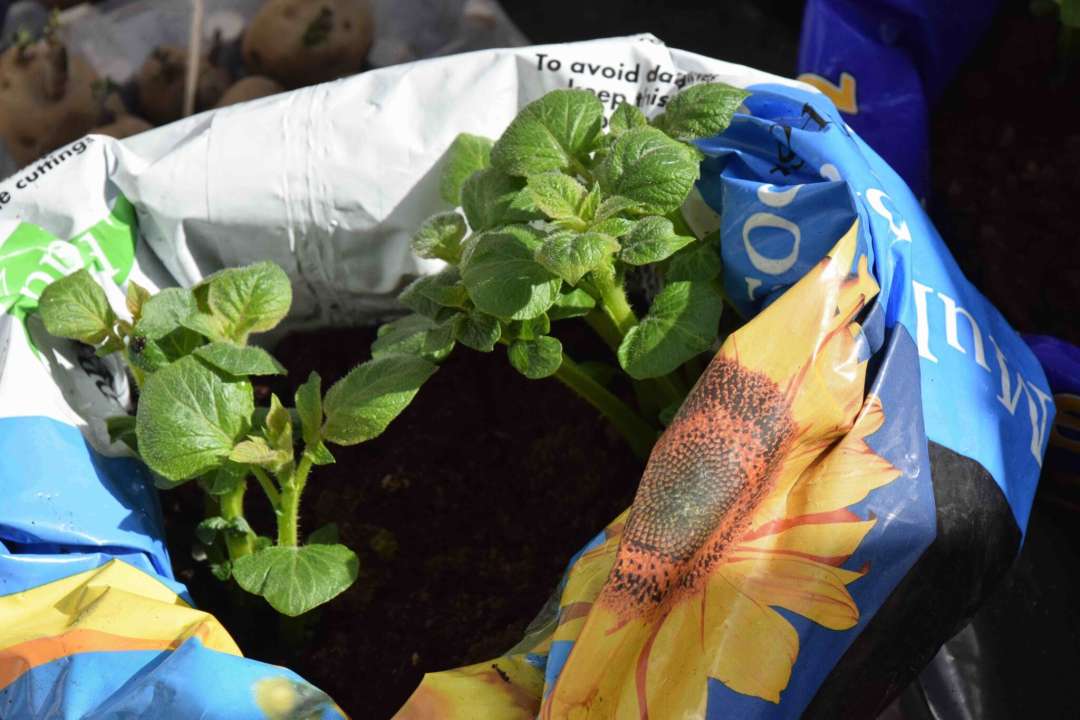
If you are starting out, then growing in old compost bags is cheap and easy. Take some of those old 40-60litre and make some holes in the base. Buy some multipurpose compost and you are ready to go. Roll down the bags so you make a planter about 20cm deep. Put 10cm of compost in the base and plant two seed potatoes. Cover with 5cm of compost and water. You can then place this in a greenhouse, garage (until the shoots appear) or polytunnel. You can leave them outside too but take the planters somewhere free of frost on cold days/nights. When the shoots are about 10cm above the compost, unroll the bag and add more compost to just cover them. Water frequently to keep them growing. You can repeat this several times.
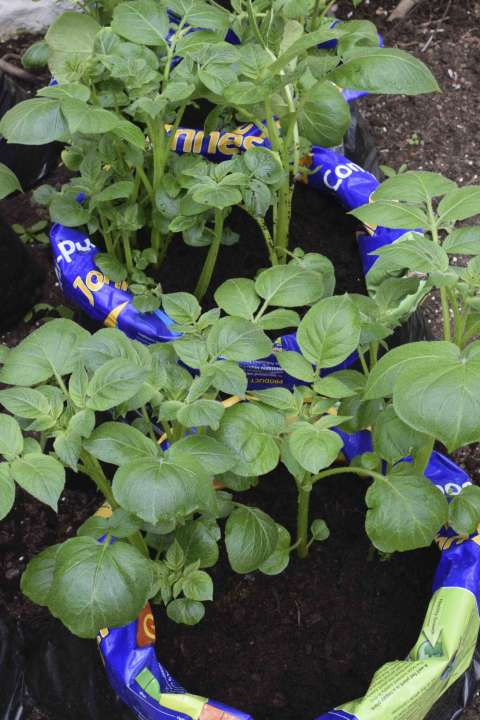
Potatoes are stem tubers and grow from the stem so the earthing up of the stems leads to a heavier crop. From May onwards you can leave the bags outside all the time but, starting earlier than you could outside in the ground means earlier crops.
Liquid feed the plants and keep them well watered. A bonus of this method is that you can push your hand down the side of the bag and harvest a few spuds without disturbing the plants. When the plants start to die back you can tip out the whole lot and harvest them and use the compost for other plants or as a mulch in the garden.
Harvesting
As a general rule, your potatoes are ready to harvest once the plants have flowered but always lift a test plant to be sure.
Blight is the biggest problem with growing potatoes and is the same disease that affects outside tomatoes. It is most likely in stormy weather, in August when it is warm and the leaves remain wet. Leaves go black and wither and spores are produced very quickly that wash into the soil and rot the tubers. Early and Second Early varieties are usually harvested before blight strikes.
There are some maincrops that are resistant to blight. Among these the ‘Sarpo’ varieties are probably the best and I have had great crops with these but others are worth trying.
